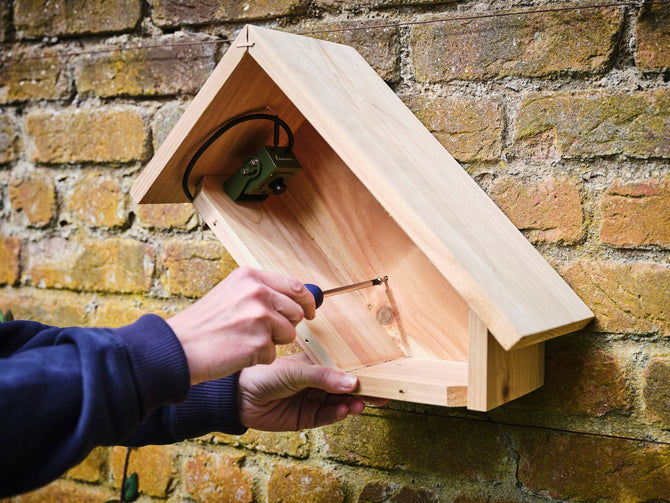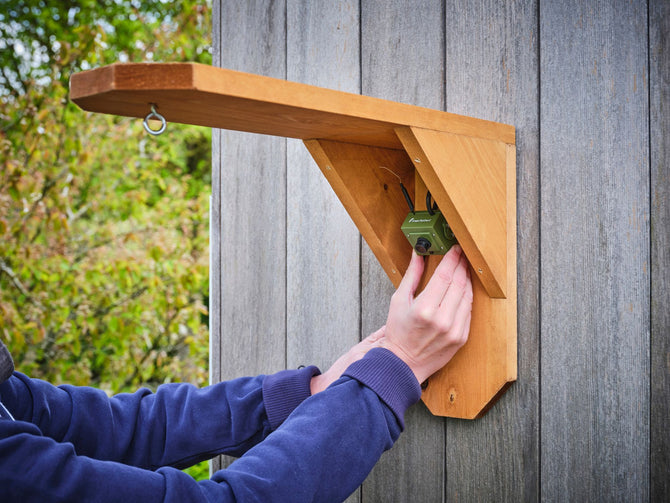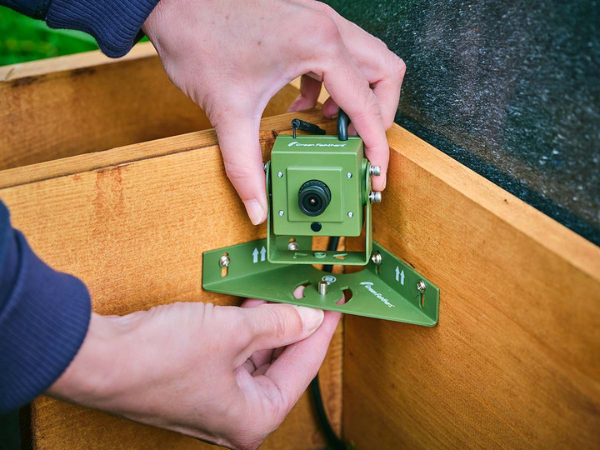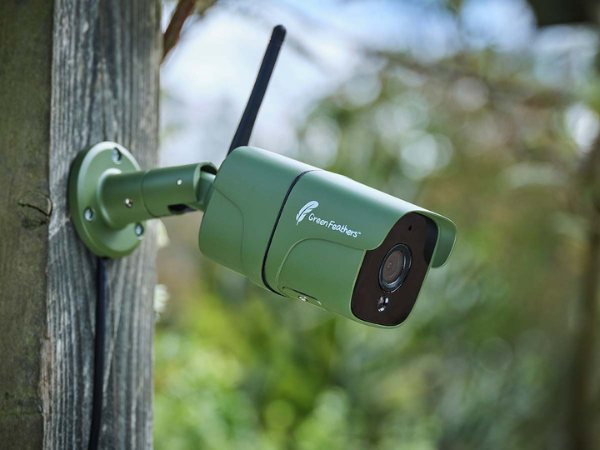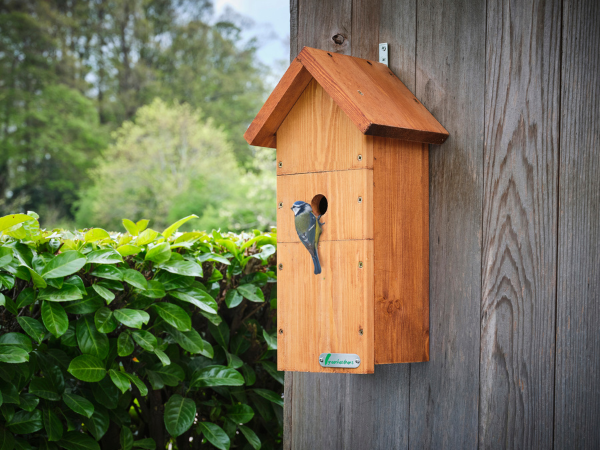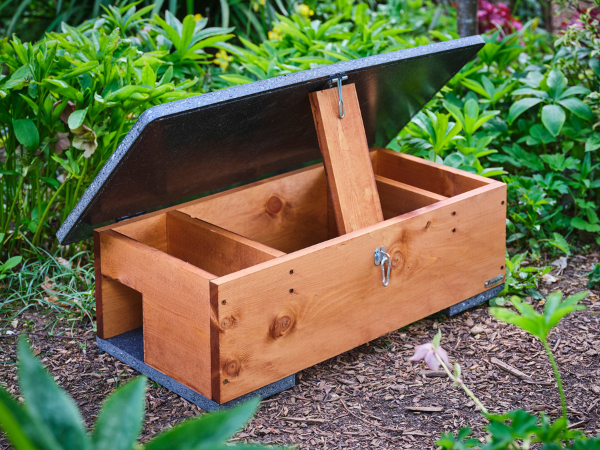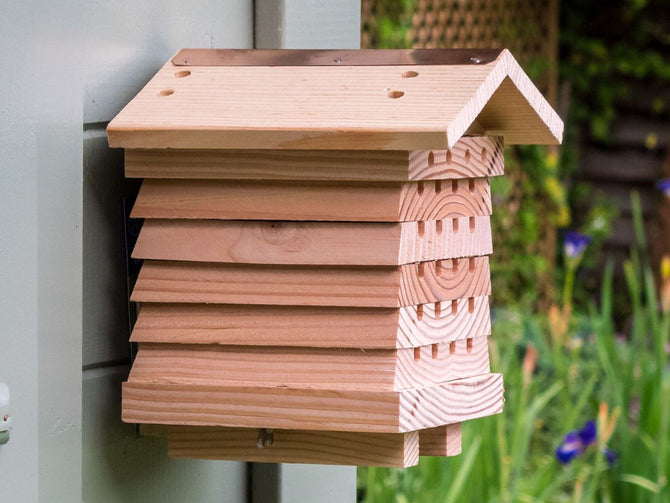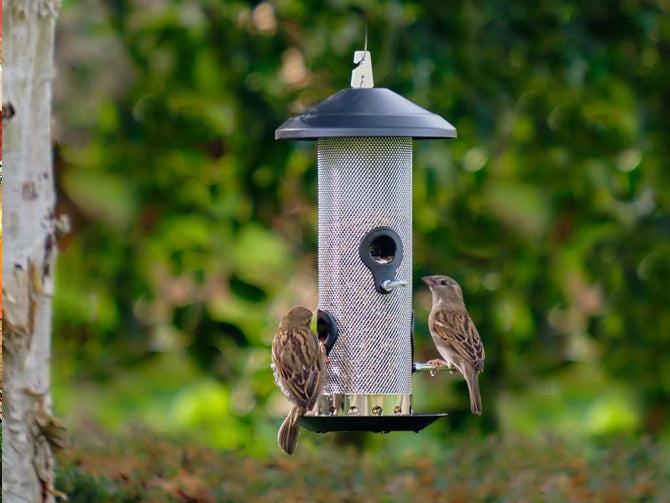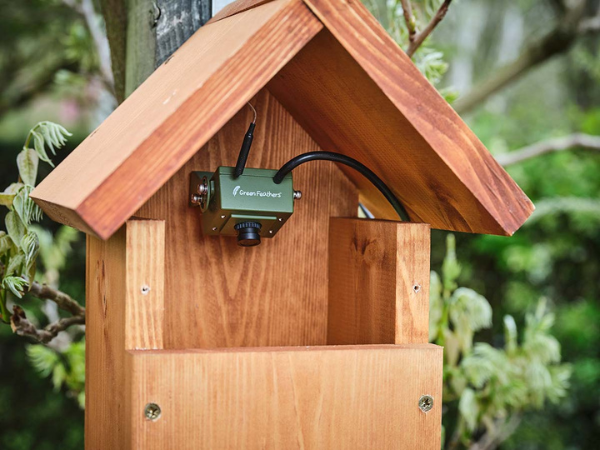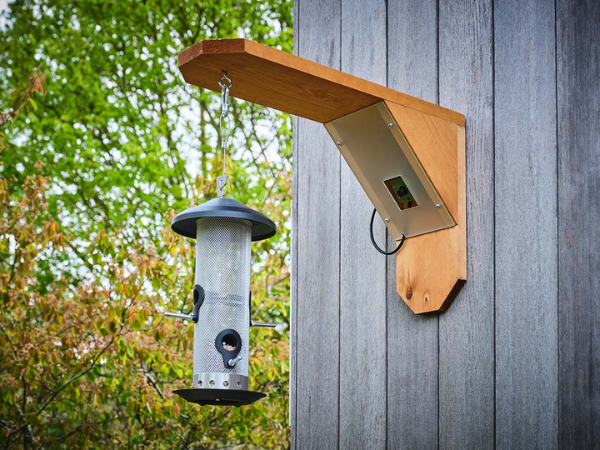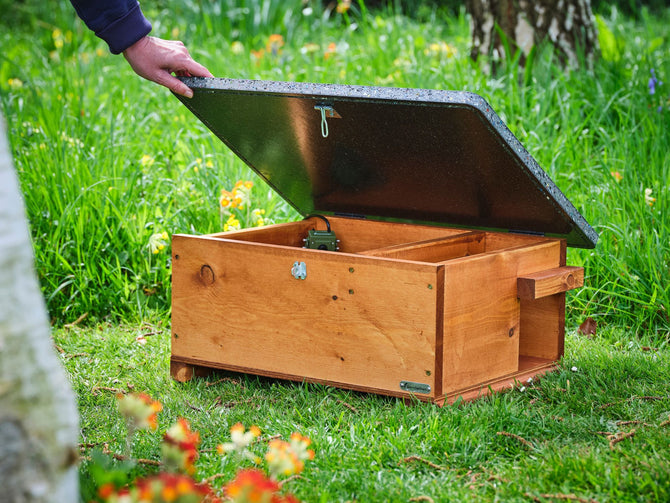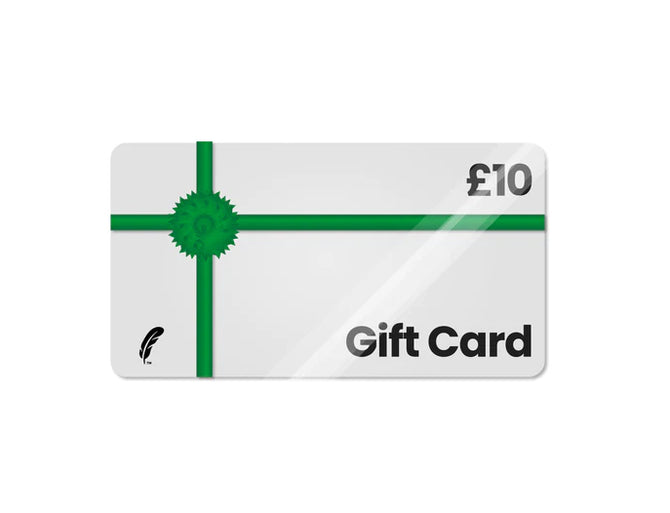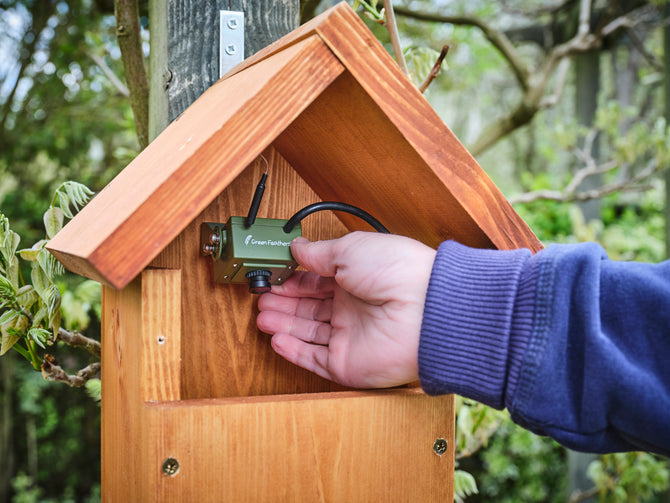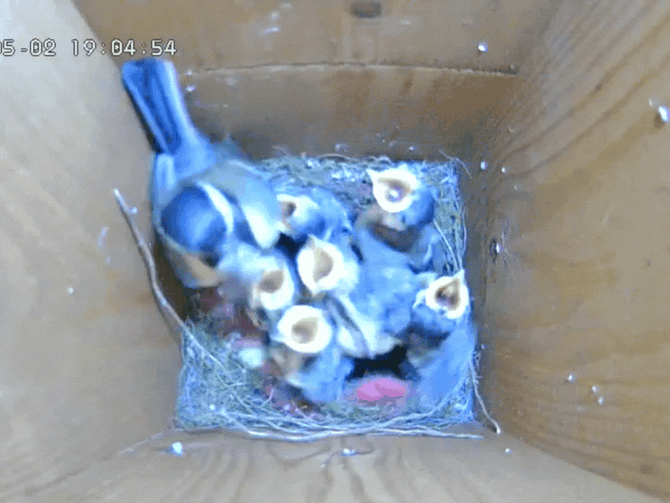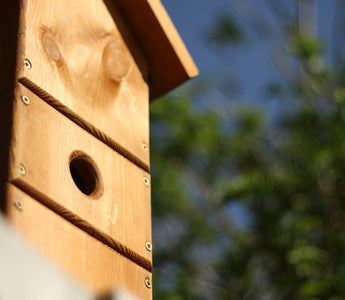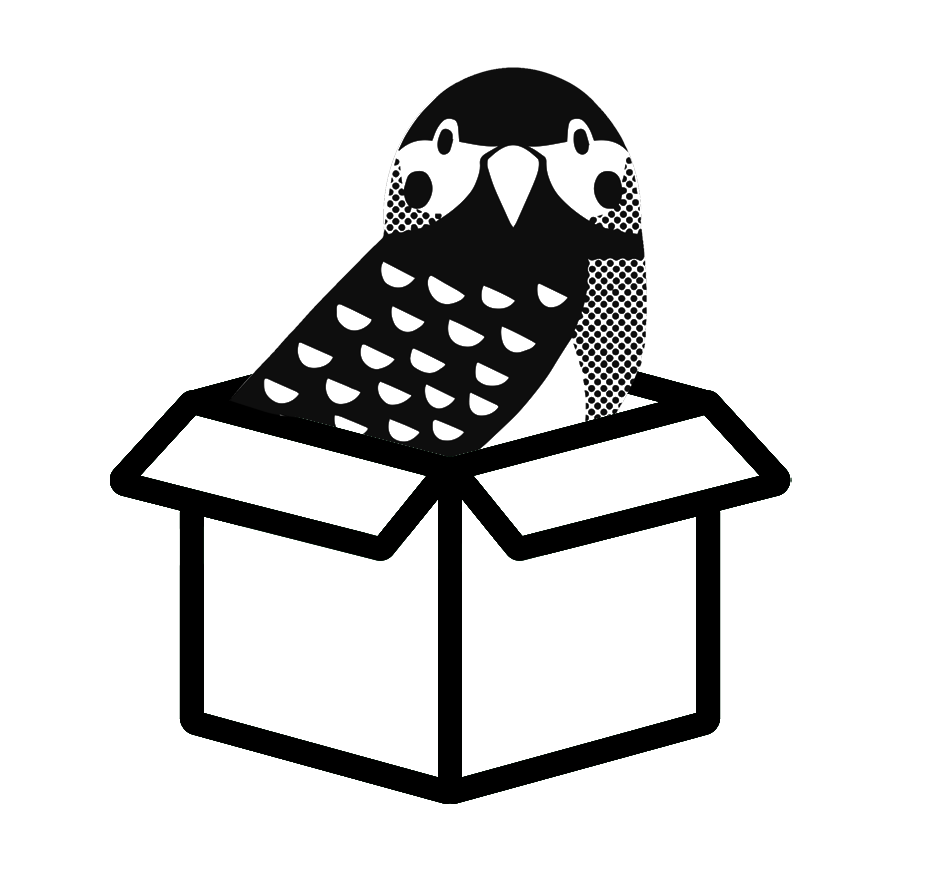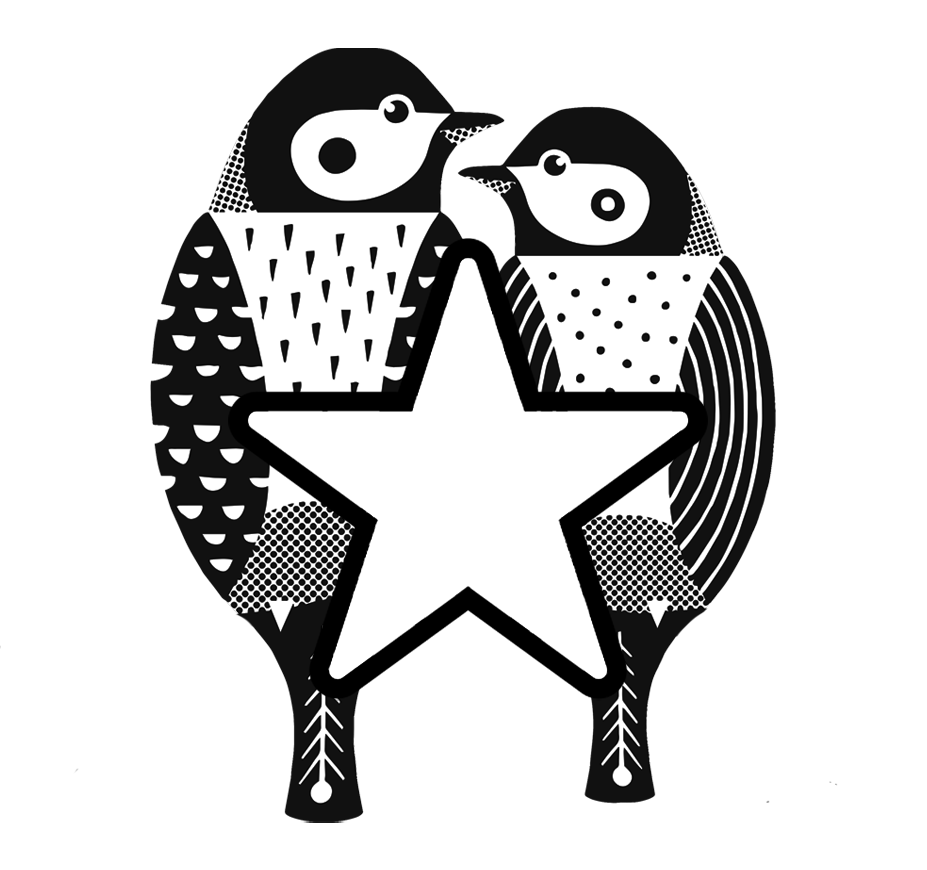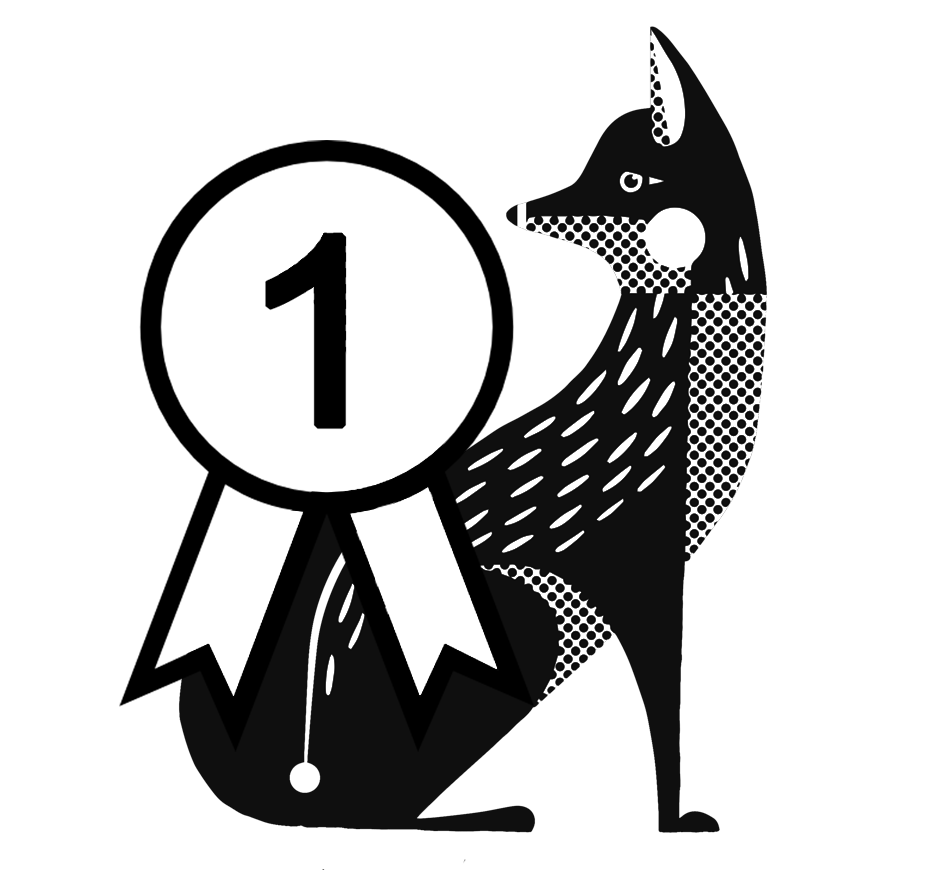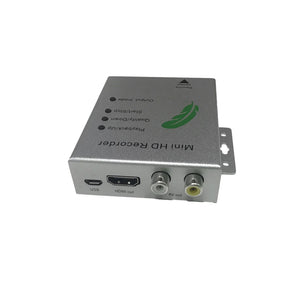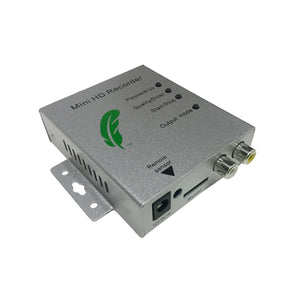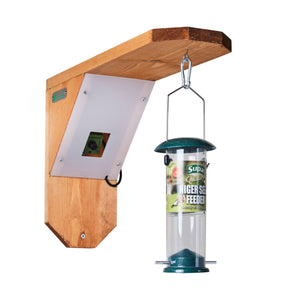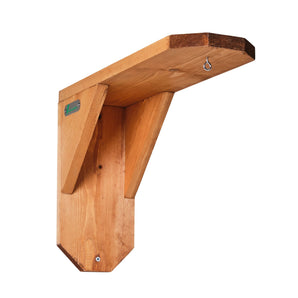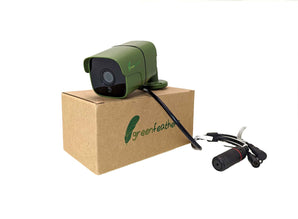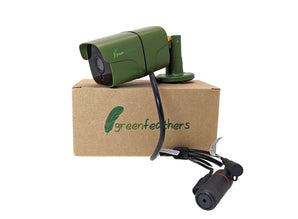-
Choose Shade Over Sun When selecting a spot for your bird box, avoid placing it in direct sunlight, especially on the south-facing side. Excessive heat can be detrimental to small bird species like blue tits, hindering their growth. Instead, opt for a shady location to provide a cooler and more comfortable environment for your feathered friends. Position the bird box facing north, east, or somewhere in between to protect it from direct sunlight, wind, and rain. Additionally, consider tilting the box slightly forward to prevent rainwater from accumulating inside.
-
Height Matters Whether you hang your bird box on a tree, wall, or shed, ensure it is positioned between 1 and 5 meters above the ground. However, the ideal height depends on the type of birds you wish to attract:
- Blackbirds, robins, and wrens prefer nesting boxes placed at 1.5 to 2 meters above ground level.
- Sparrows, starlings, tits, and spotted flycatchers are happiest with nest boxes at 2 to 4 meters high.
- Woodpeckers, kestrels, and owls prefer boxes hung between 3 and 5 meters above the ground.
-
Keep Predators at Bay To protect your bird box from curious cats and other predators, hang it at least 2 meters above the ground, making it inaccessible to them.
-
Embrace Greenery Most birds appreciate a nest box concealed among trees, bushes, or other foliage. Blackbirds, robins, and wrens, in particular, prefer a well-surrounded bird box, while sparrows, starlings, tits, and spotted flycatchers can tolerate slightly less cover. On the other hand, woodpeckers, kestrels, and owls are bolder and prefer an open space.
-
Ensure Unobstructed Entry While providing some cover is good, ensure that the entrance to the bird box is never blocked. Birds won't be enticed to nest in a location where they can't easily access the entrance.
-
The Right Door Size The size of the entrance hole plays a crucial role in attracting specific bird species:
- Blue, coal, and marsh tits prefer a 25mm entrance hole.
- Great tits and tree sparrows prefer 28mm.
- House sparrows, nuthatches, and woodpeckers prefer 32mm.
Consider using bird box protection plates with different entrance hole sizes to cater to various bird preferences.
-
Avoid Disturbances Hang the bird box at a safe distance from other nests, bird feeders, or bird bath tables, as disturbances can make potential bird occupants uneasy. Maintain at least 25 feet of distance from any busy areas.
-
Use Rust-Resistant Materials To ensure stability and longevity, avoid using nails that can rust. Instead, use galvanized wire to tie the box to a tree trunk or hang it from a branch. If attaching the box to a wall, use stainless steel screws or nails that won't rust.
With these tips in mind, you can create an inviting environment for birds to nest and raise their young. Don't be discouraged if nesting activity doesn't occur immediately; birds may take their time finding the perfect spot. By following these guidelines, you'll increase the chances of attracting a variety of feathered visitors to your bird box. Share your experiences and bird sightings with us, and we'd love to see pictures and videos of your new avian tenants!

